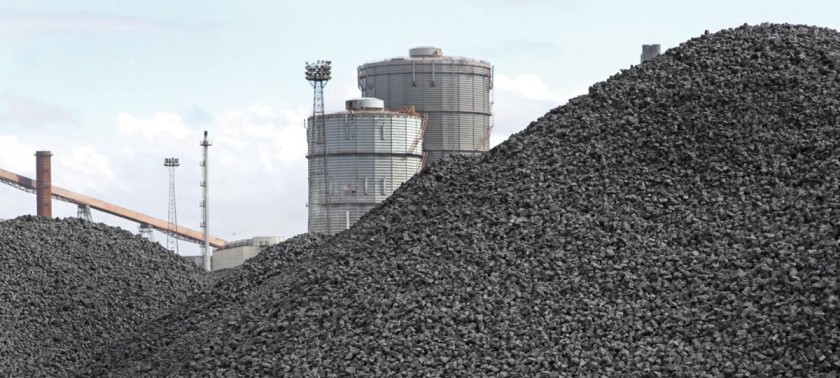India–US Trade Tensions Rise Over Steel and Auto Tariffs NMDC Limited reports a 38% drop in Q4 FY24 consolidated net profit RINL to Raise $23 Million Through Land Sales Amid Crisis

India's coal sector is united about one thing. It doesn't matter if you are a miner, trader, utility or steelmaker, you are bullish, extremely bullish. The overarching theme at this week annual Coaltrans India conference in the western state of Goa is that coal production, imports and demand are all going to rise in coming years, and by substantial volumes.
India may have committed to eventually starting to phase down consumption of the polluting fuel on its road to net-zero emissions by a targeted 2070, but for the coming decade the coal industry sees a ramp up. Even the most cautious of forecasts at the conference saw demand for all grades of coal reaching 1.5 billion metric tonnes by 2030, with some reaching as high as 1.9 billion.
To put that in context, India's coal demand was 1.23 billion tonnes, composed of domestic production of 964 million tons and imports of around 266 million. Put another way, even the more pessimistic of forecasts expects an increase of nearly 300 million tonnes of coal demand in India in the next six years, an increase of 25%.
To put the scale of the increase in context, 300 million tonnes is more than the total annual demand of Germany, the fourth-biggest coal-consuming nation after China, India and the United States. The optimism over coal's future in India's energy mix is largely built on a shift in the thinking of the government of Prime Minister Narendra Modi to prioritise energy security and domestic resources over reducing carbon emissions to mitigate climate change.
The thinking is that India has massive reserves of coal, which it can mine relatively cheaply, and if it continues to invest in infrastructure, it can move the coal from where it is produced to where it will be burnt in power plants and factories. The more the world's most-populous nation can use domestic energy, the less it has to pay for expensive imports in the form of crude oil and liquefied natural gas.
Although crude oil and its refined products don't compete with coal in power generation, they may increasingly in the future as the shift to electric vehicles gathers pace. India's industrial users of coal, such as cement and ceramics, are also being encouraged to look at using gas produced from coal to power their plants, rather than imported coking coal, met coke and LNG.
Also Read : Captive, commercial coal blocks output climbed 27% to 147 MT in FY24 India's biggest green hydrogen project is being built by JSW Energy